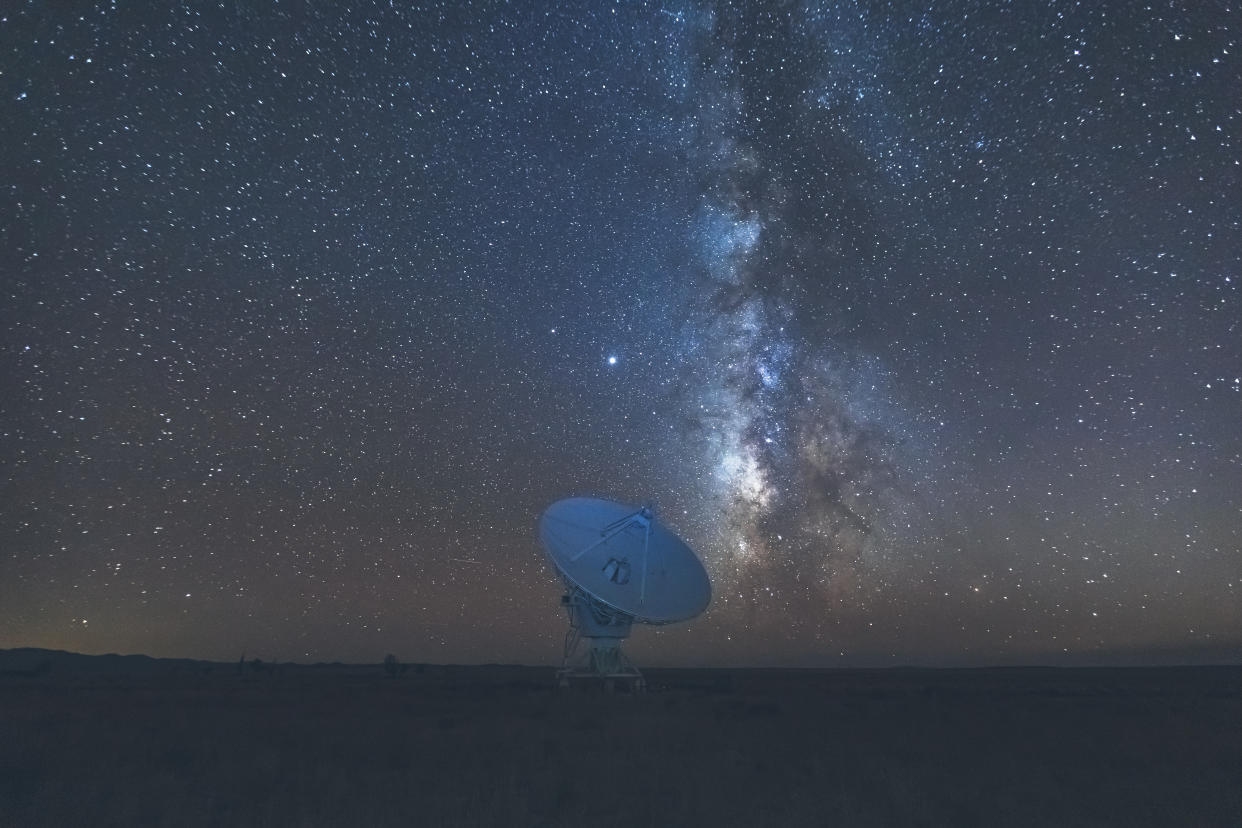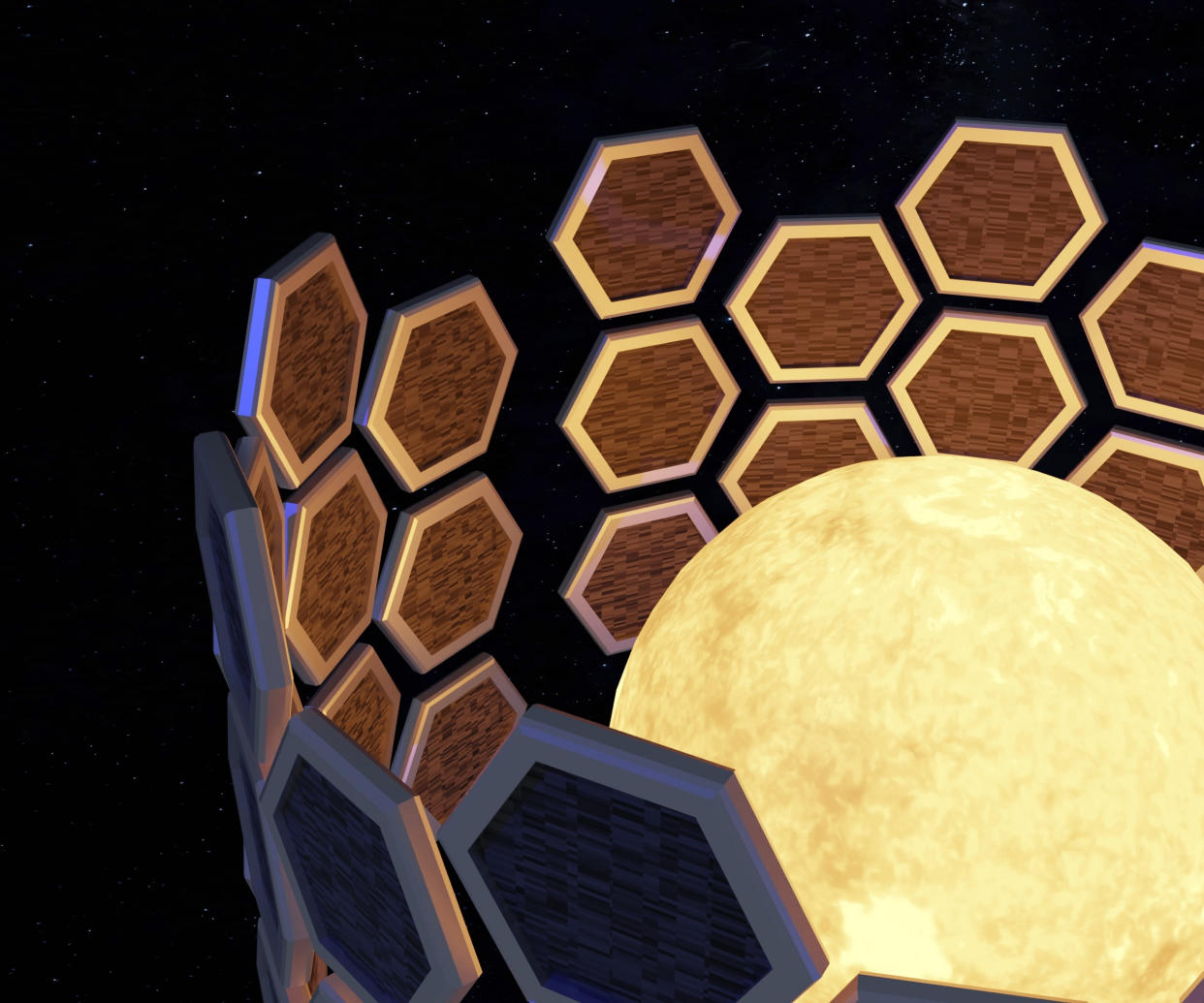Here’s one reason we have never heard from alien civilisations

New research could offer an answer to the ‘Fermi paradox’ - the question of why we have never heard anything from alien civilisations.
A researcher has calculated the technology required for alien civilisations to detect objects such as the Great Pyramid on Earth - and how close they would need to be to us.
In a paper on the pre-print server Arxiv, the researcher argues that to detect such structures, alien civilisations would need to be within 3,000 light years of Earth – equivalent to being right next door in cosmic terms – or would need to have mastered extremely advanced technology.
The researcher, Z. Osmanov says that, in order for there to be a significant chance that Earth would have been found, there would have to be 650 advanced alien civilisations within our own Milky Way galaxy.
How advanced would aliens need to be?
Osmanov says that in order to build the sort of telescope array (made up of detectors spread across a large area of space) to pick out structures on Earth, a civilisation would have to be advanced enough to be harvesting all the energy of its nearest star.
Known as ‘Type II’ advanced alien societies, these societies would use technologies such as a ‘Dyson sphere’ to capture energy from stars - enabling new technological advancements.
Osmanov writes, "We considered the question of how our artificial constructions are visible to advanced extraterrestrial civilisations.
"Taking the universality of the laws of physics, we found that the maximum distance where the detection is possible is of the order of 3,000 light years and under certain conditions Type-II advanced alien societies might be able to resolve this problem."
Why is it so hard for aliens to detect structures on Earth?
Even for a Type II advanced civilisation, building a telescope based on interferometry which could detect structures on Earth would be a tall order, Osmanov explains.
Osmanov writes, "It is clear that the diameter of the telescope should be on the order of several million kilometres."

Like telescope arrays such as the Square Kilometre Array on Earth, such telescopes would be spread over huge distances in space.
Such huge megastructures might be built only by Type-II civilisations.
"It has been shown that during a typical time-scale of 1000 yrs, one might be able to construct only earth-sized megastructures," Osmanov writes.
"Analysing the maximum distances, it is significant to estimate the possible distribution of advanced ETs in the Milky Way galaxy."
Why does there need to be 650 advanced civilisations in the Milky Way?
Osmanov used the Drake equation – an equation based on factors such as number of stars and number of planets used to calculate the probability of alien life – to calculate how many civilisations would need to be in the Milky Way to have a chance of detecting life on Earth in this way.
US astronomer and astrophysicist Frank Drake devised his namesake equation in the early 1960s. Osmanov believes that there would need to be around 650 advanced alien civilisations to have a chance of detecting life on Earth.
He writes, "Technologically advanced ETs might detect our large constructions, belonging to the period from ancient up to mediaeval times. By analysing the Drake equation, it has been found that if the number of civilisations is of the order of 650 they will be able to detect our artificial constructions."
Read more
Astronomers find closest black hole to Earth (Yahoo News)
Alien invasion reported to Cheshire police (Warrington Guardian)
There might once have been life on the moon (Yahoo News)


